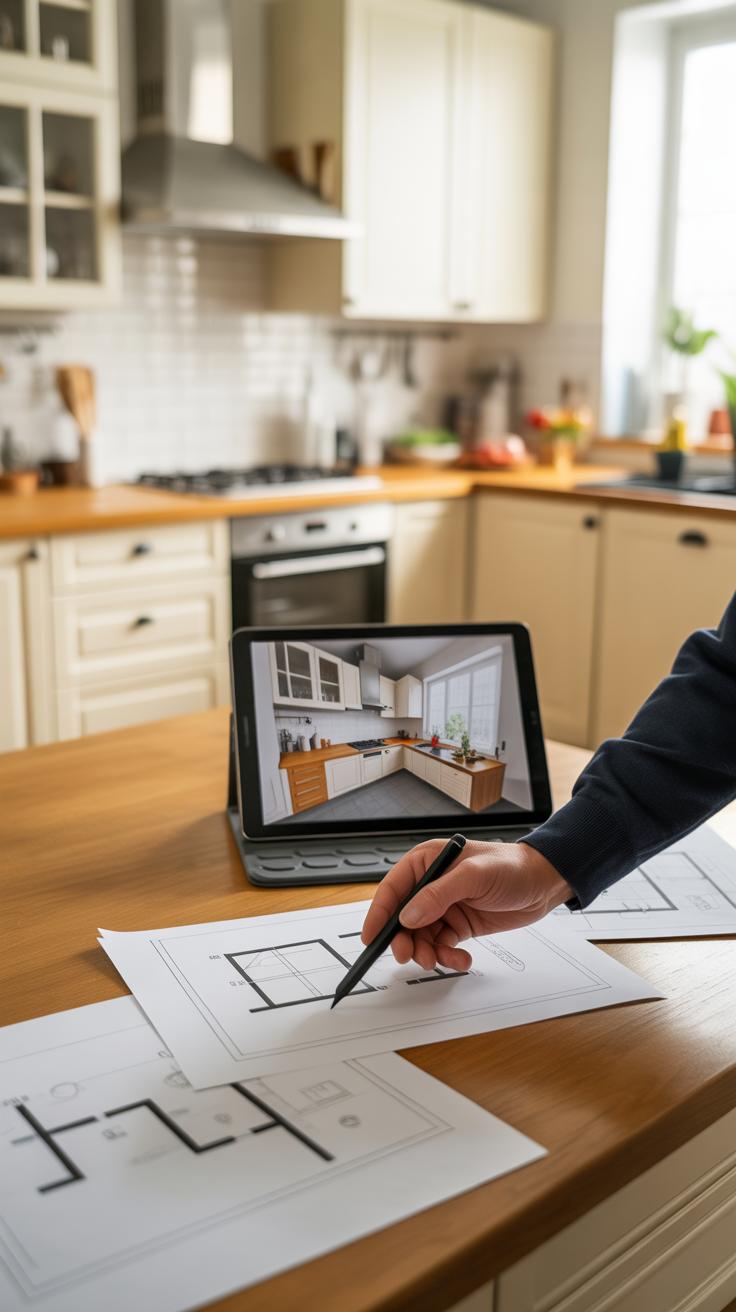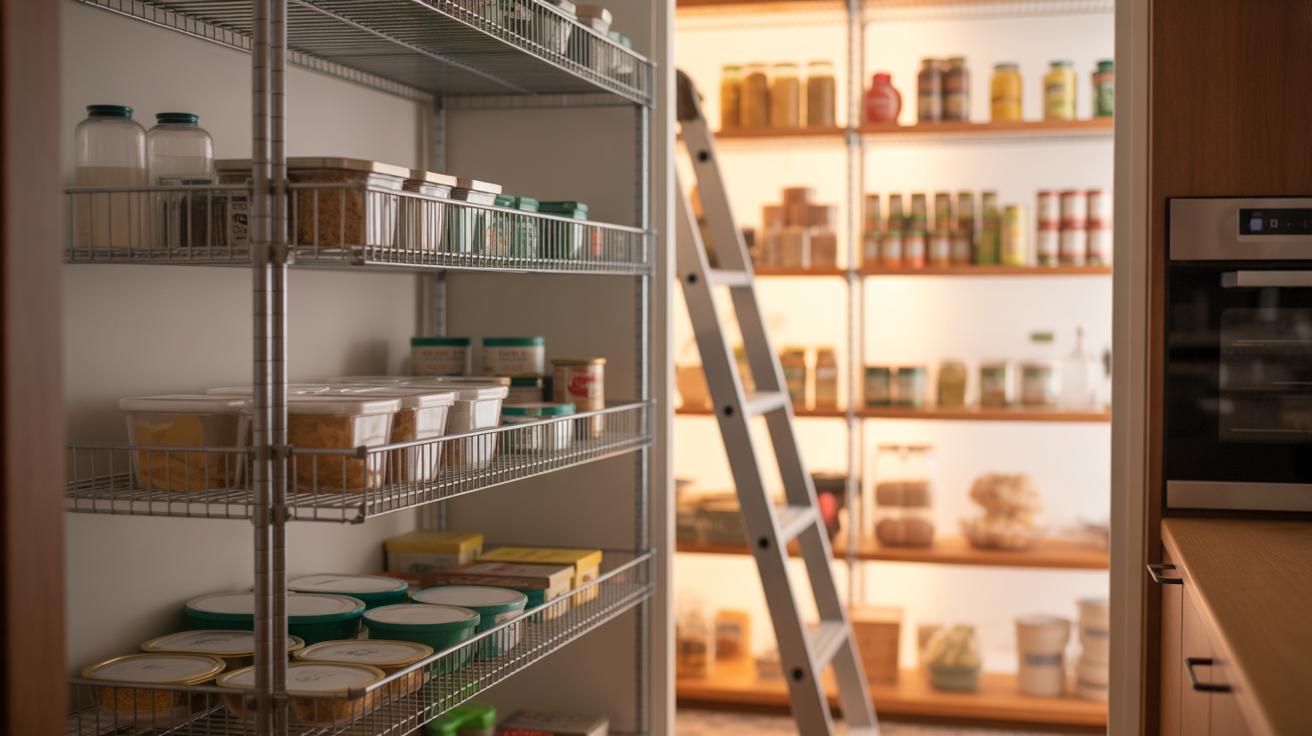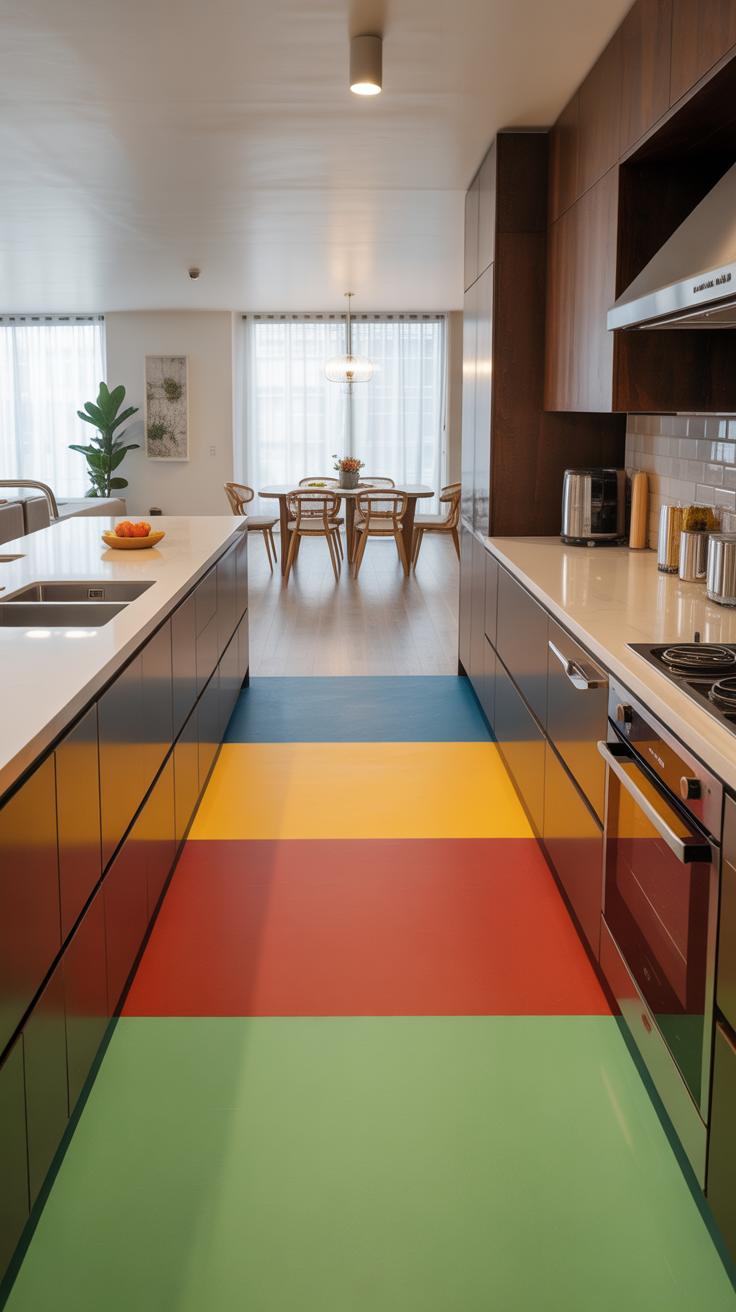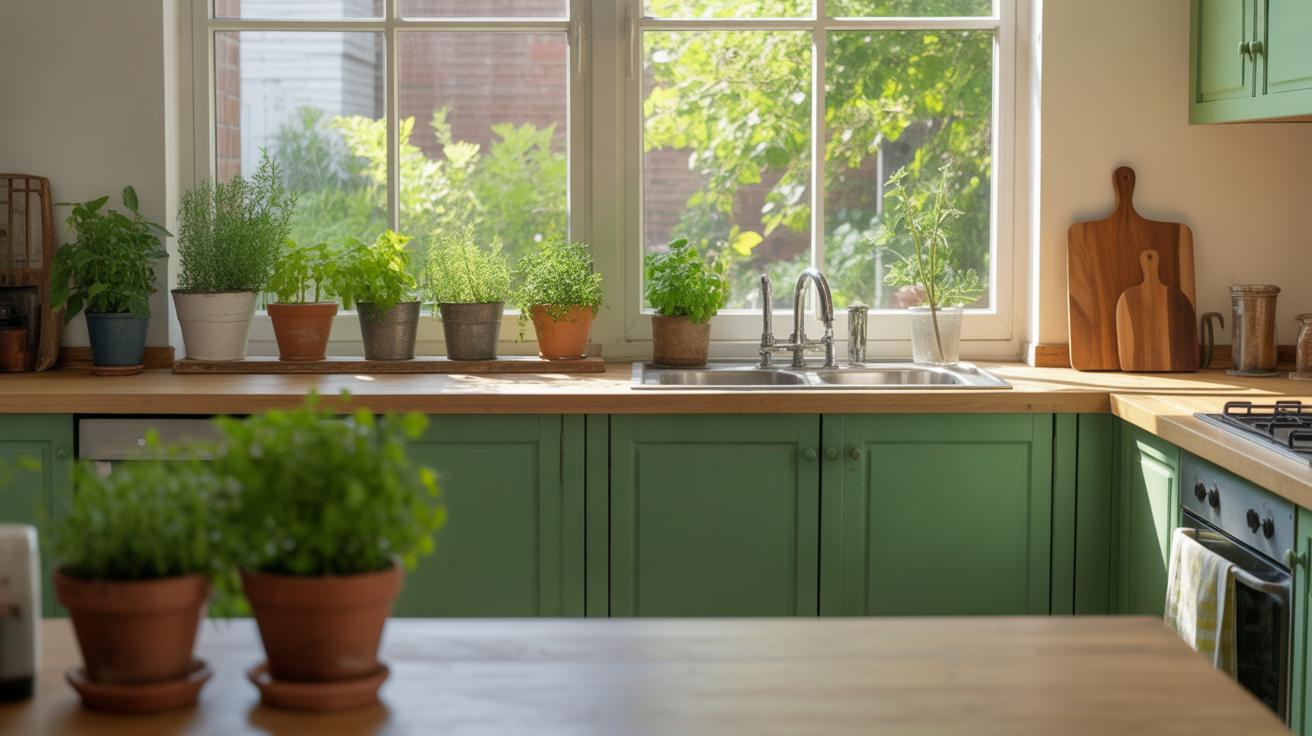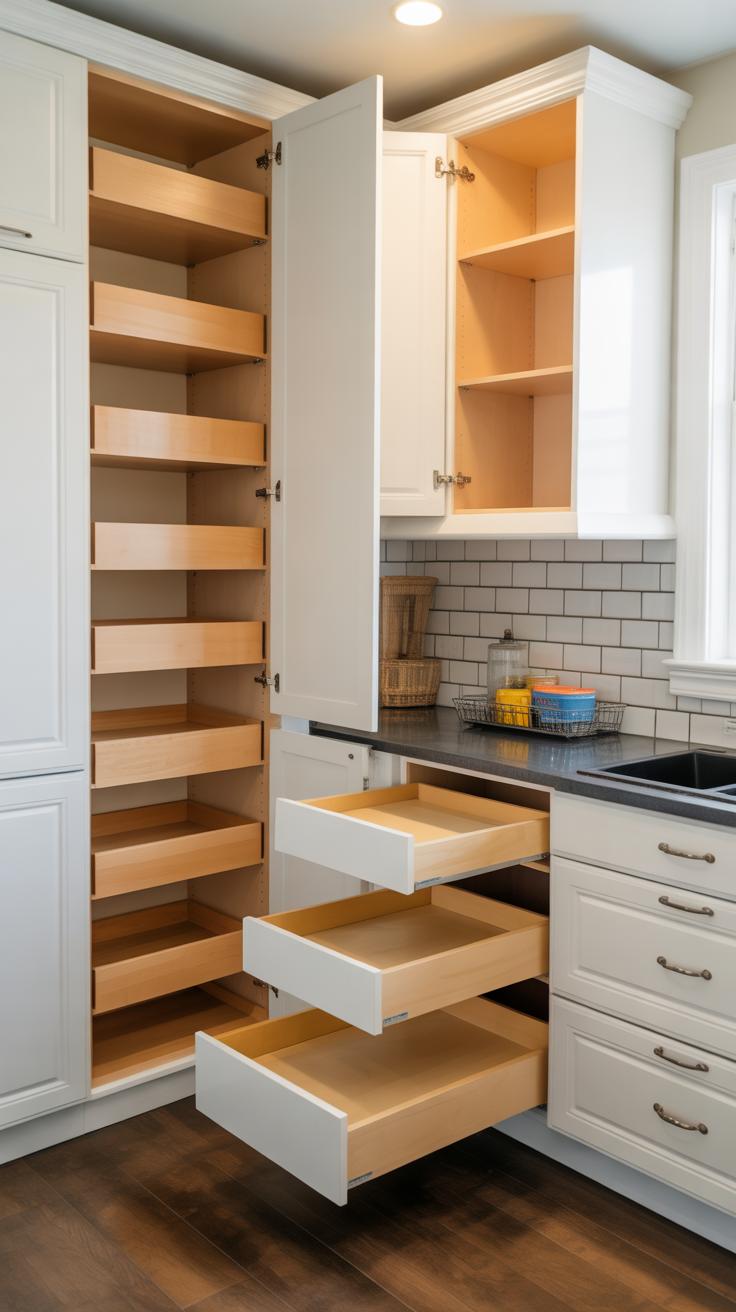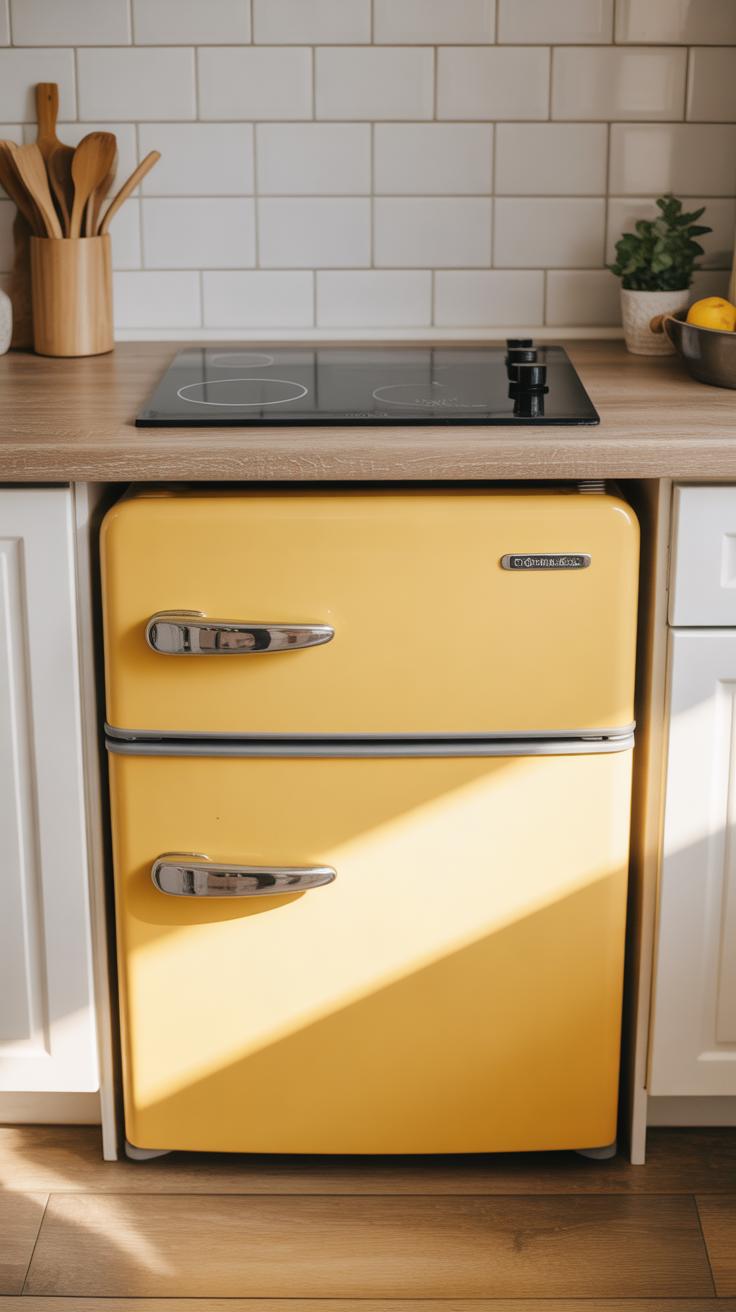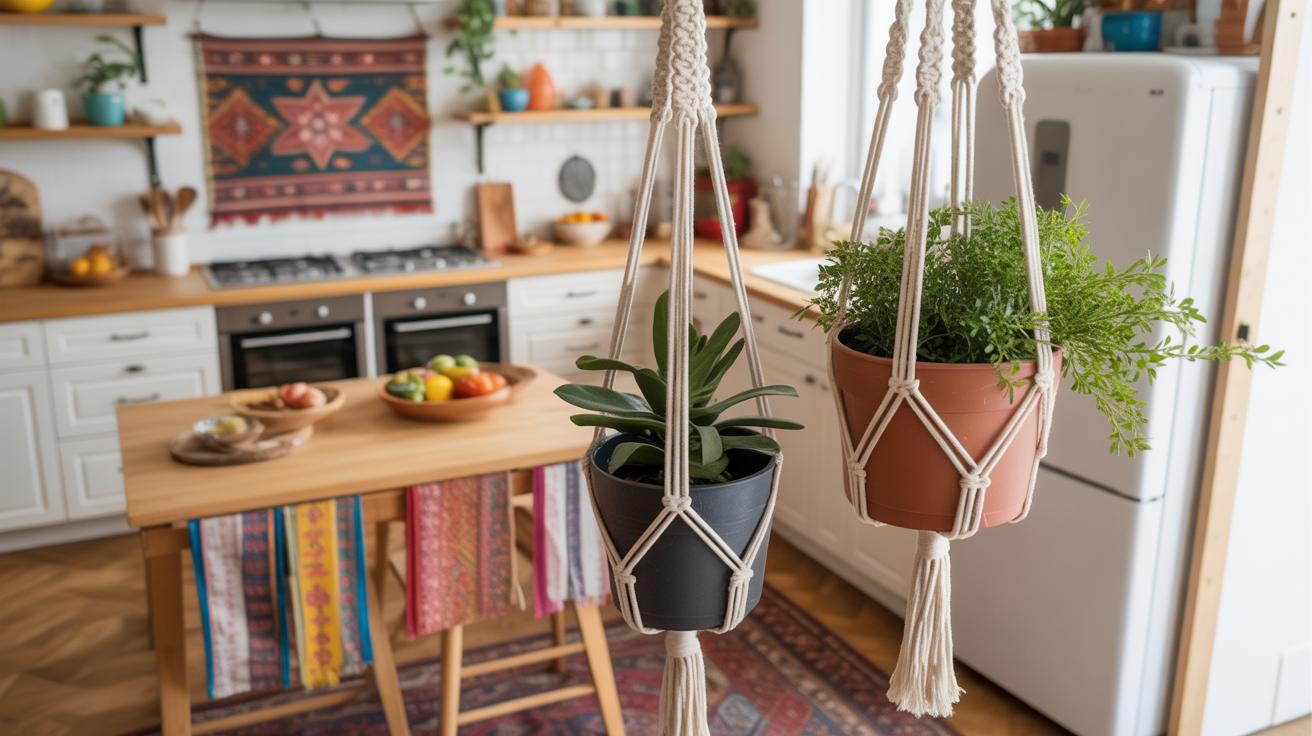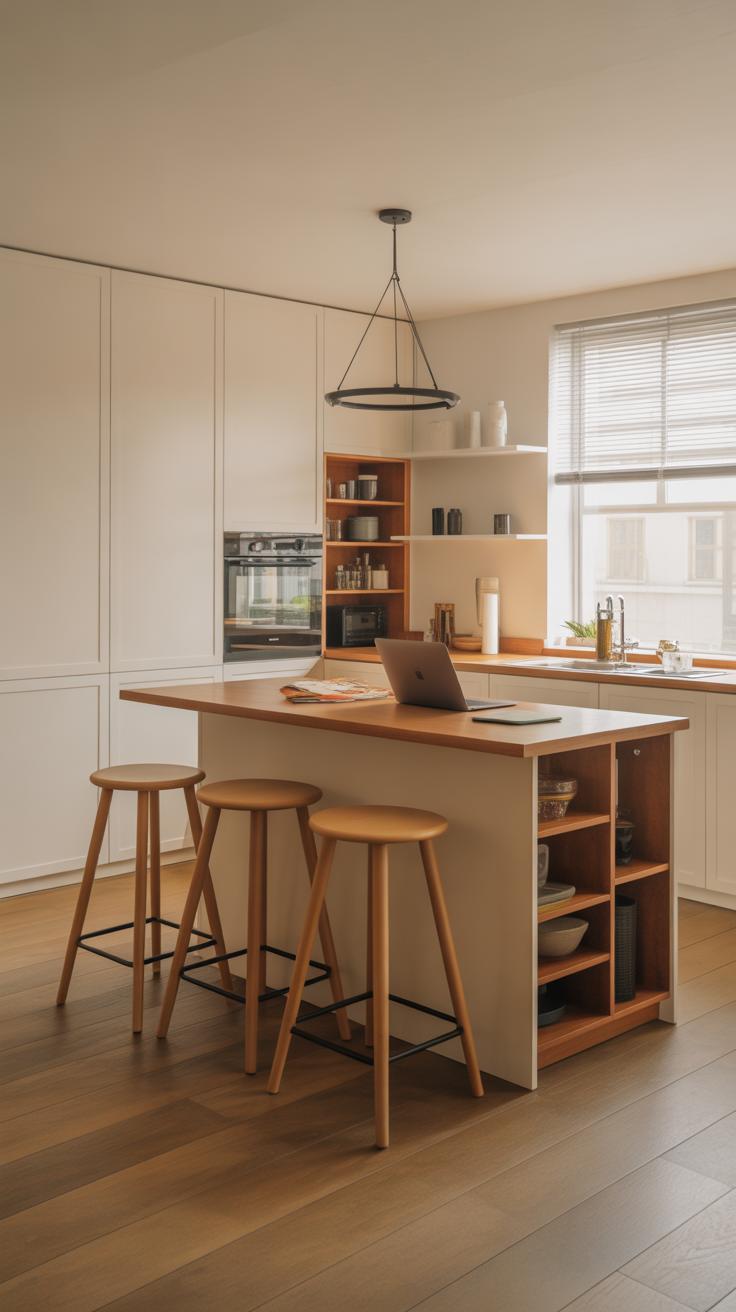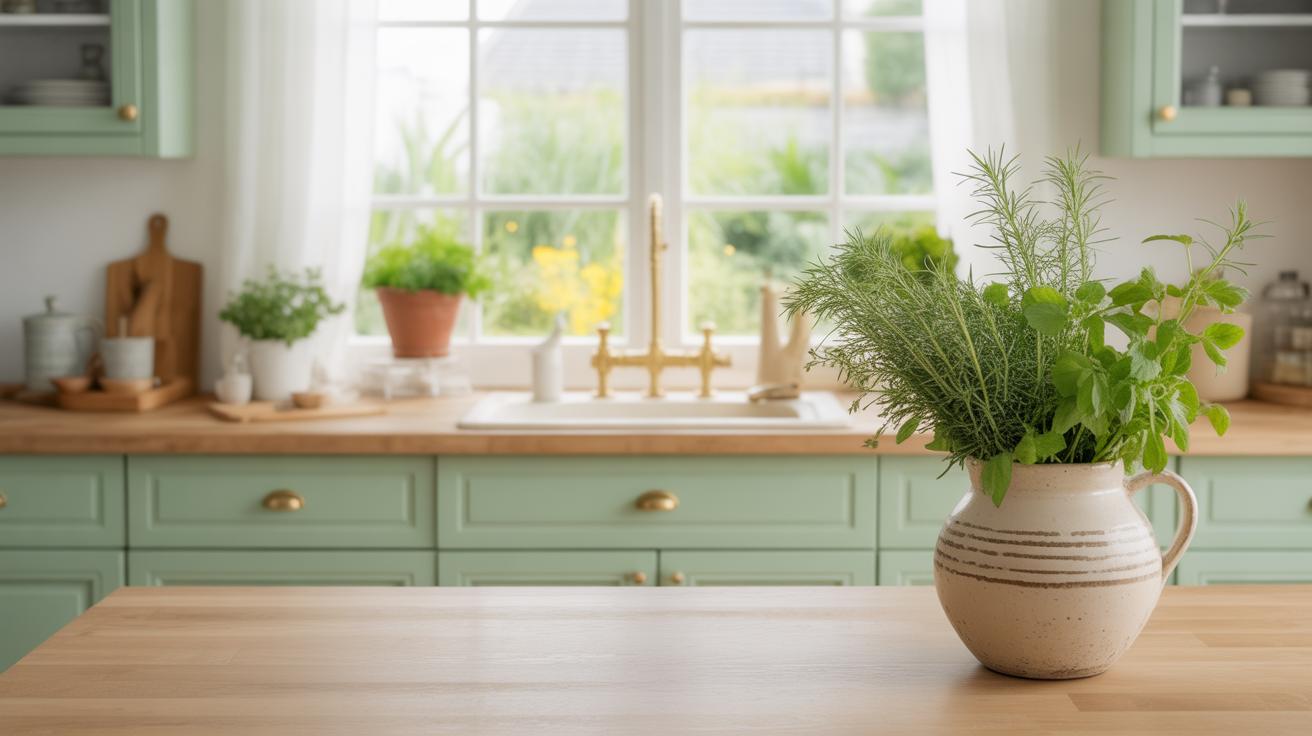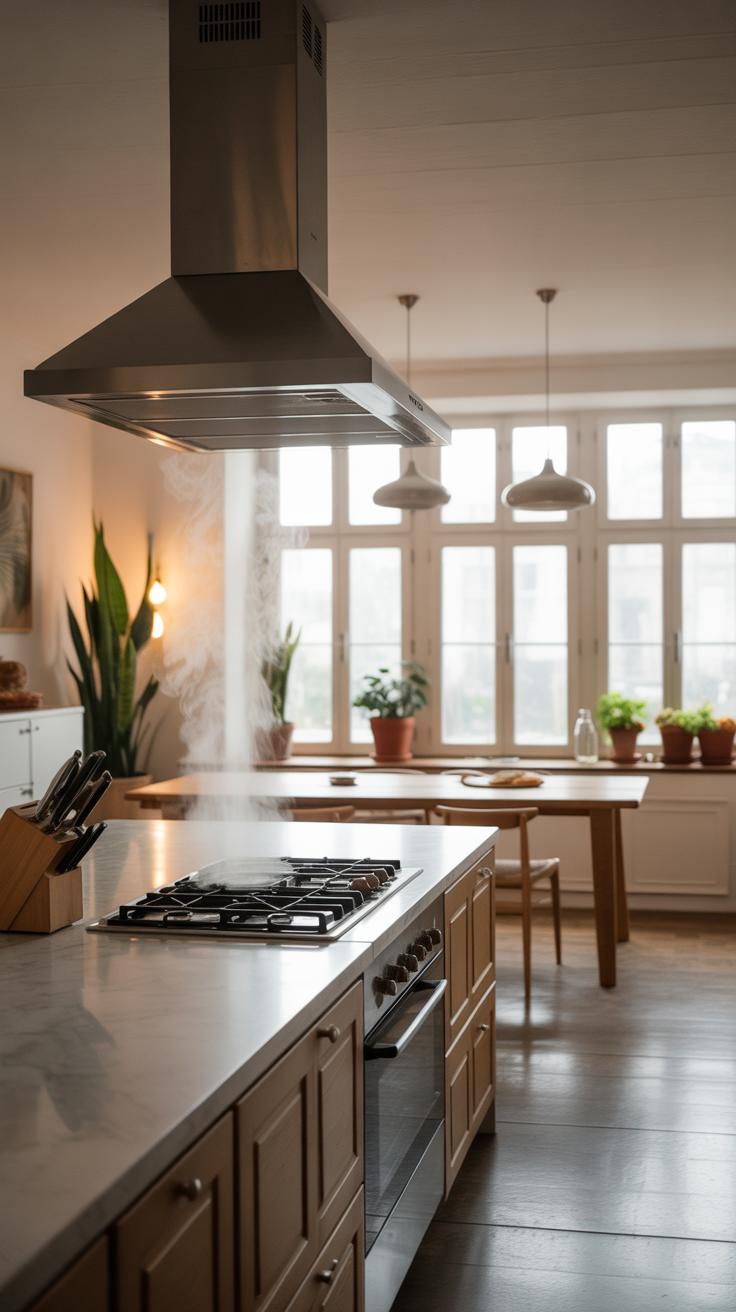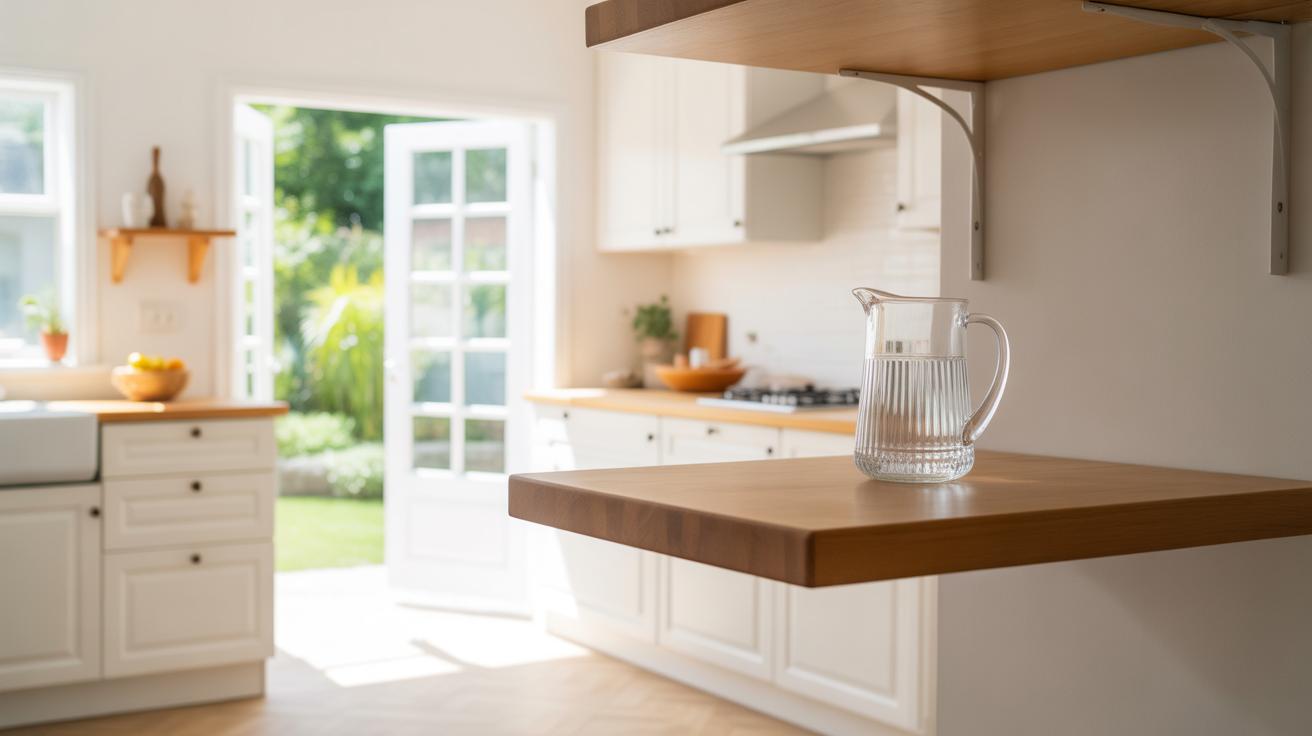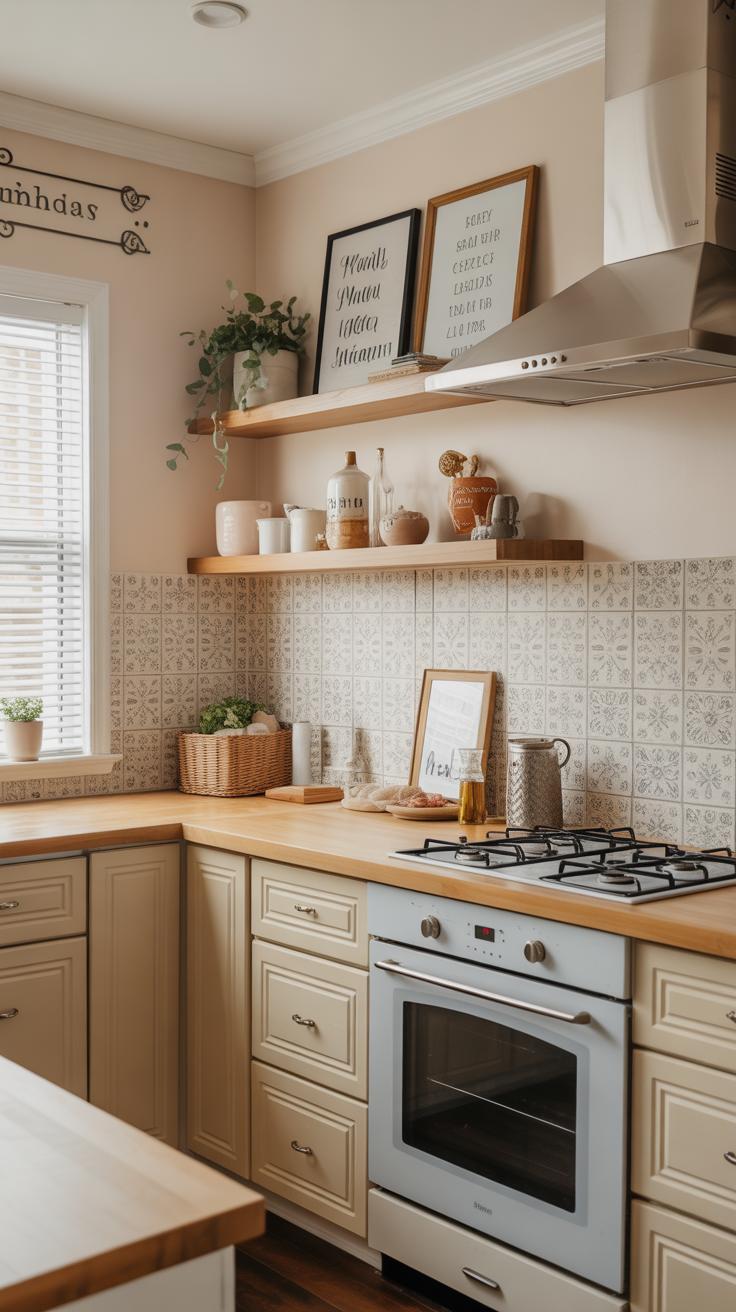Introduction
Designing a kitchen that serves your family well is more than just picking pretty colors and appliances. It is about creating a space where cooking, dining, and daily life come together smoothly. House Design Kitchen Layout Ideas For Efficient Family Living helps you think about how to use your kitchen space best. You will learn ways to arrange your kitchen so everything feels easy and comfortable.
This article guides you through different kitchen layouts and explains how to tailor them to your family’s needs. We will break down practical tips for organizing your kitchen and making it a part of your family’s daily rhythm. You will see how small changes in design can make your kitchen a better place for everyone to enjoy.
Understanding Kitchen Layouts
When thinking about your kitchen, the layout shapes how you move, cook, and even interact with family. There are a few common designs you’ll come across, each with traits that suit different homes and family routines.
The L-shape kitchen, for example, uses two adjoining walls. It’s great for open-floor plans and can fit a small dining nook or island if there’s room. This layout encourages easy movement between cooking and prepping areas. I’ve seen families with kids love it because it leaves space for socializing while prepping meals.
The U-shape wraps around three walls, offering plenty of counter and storage space. It feels cozy but can get cramped in smaller homes. Still, if your family cooks a lot or multiple people often work together, it creates clear zones. But, if you’ve got a bigger family spilling into the kitchen, sometimes it feels like a traffic jam.
Galley kitchens line up two parallel counters, with a walkway in between. It’s great for narrow spaces and can feel surprisingly efficient, but when multiple family members are cooking or grabbing snacks, it may get tight and noisy. I guess it depends on how much space you really have and how much space everyone needs.
Island kitchens add a freestanding counter in the middle, offering extra prep space and often seating. It’s not always practical in small homes but, when it works, it becomes a hub where the family gathers—not just for cooking but chatting too. The trade-off? You need enough room around the island to move freely, especially with kids running about.
Choosing the right layout often depends on your family size and habits. A single cook might prefer a galley or L-shape, while those with bigger families might lean toward U-shape or islands to create separate zones. Think about how your family moves in the kitchen; is it mostly one person or many? Do you all eat together daily? These questions help narrow down the best setup for your space and lifestyle.
Zoning Your Kitchen for Better Flow
Zoning your kitchen means dividing the space into areas dedicated to different tasks. It sounds a bit obvious, right? But when you think about the chaos some kitchens turn into during a busy morning, zoning makes a lot of sense. By creating clear zones for cooking, cleaning, storage, and prepping, you help everyone know where to go and what to do without bumping into each other. It’s like having invisible lanes that keep things moving smoothly.
Key Kitchen Zones Explained
Here are the usual zones you’ll find in most kitchens and what happens in each:
- Cooking Zone: This is where your stove, oven, and sometimes a microwave live. It’s the hot spot for actual meal preparation — frying, boiling, baking.
- Cleaning Zone: The sink, dishwasher, and trash area. This zone handles dirty dishes, food scraps, and washing up.
- Storage Zone: Cabinets, pantries, and refrigerators belong here. This zone keeps your ingredients, utensils, and cookware within reach.
- Prepping Zone: Counter space dedicated to chopping, mixing, and assembling ingredients. Often includes cutting boards and small appliances.
Separating these zones keeps tasks organized. You won’t find someone washing dishes right where someone else is prepping dinner, which can be a messy combo.
Arranging Zones for Smooth Use
How you place these zones makes a big difference. Ideally, they should form a kind of loop—sometimes called the kitchen work triangle—with a natural flow from storage to prep to cooking and then cleaning. But, I guess it’s not always that neat in real homes. Sometimes space or layout quirks mean zones overlap or need tweaking.
Here’s what generally works:
- Keep the cooking zone away from the main traffic paths to avoid accidents, especially with kids around.
- Place the cleaning zone near the prep area—washing and chopping often happen back-to-back.
- Have storage close to both prep and cooking zones so grabbing ingredients or tools doesn’t feel like a trek.
- If more than one person is cooking or helping, try to spread out the zones so tasks don’t crowd each other.
When I helped a friend redesign her kitchen, she found that moving the cleaning zone slightly further from her cooking area made mornings less frantic. Everyone sort of found their own spots. Maybe that’s the point: zoning isn’t just about efficiency but making the kitchen work for your family’s rhythm—even if that rhythm shifts sometimes.
Maximizing Storage Space
In every family kitchen, storage quickly becomes the silent struggle. There’s always that heap of pots, utensils, and gadgets trying to take over the countertops or cramming into random drawers. So, how do you keep this under control without feeling overwhelmed?
Start by thinking about the kind of storage that works for different items. Cabinets are great for bigger items like pots, pans, and small appliances that you don’t use daily—maybe those slow cookers or waffle makers gathering dust. Drawers, on the other hand, serve better for things you grab often, like cutlery, dish towels, or even spices if you arrange them with tiered organizers. Open shelves can be handy for frequently used things such as bowls or mugs, putting them in reach without opening and closing doors all the time.
It’s always a bit of trial and error, honestly. What’s easy for one person might feel cluttered to another. A useful move is grouping items by how often you use them. Then, place the daily essentials somewhere accessible—eye level is perfect. Items used less can be tucked higher or lower.
To keep clutter in check, try not to overfill any one space. Empty spots are actually good—they prevent that overwhelming, crammed feeling. Using drawer dividers and cabinet racks also helps keep things neat and separate. I’ve noticed that clear containers or labels often encourage family members to put things back in the right place because it’s just simpler to see what belongs where.
Do you find yourself digging through your kitchen, wondering where that pepper grinder disappeared to? Then maybe it’s time for a dedicated spice drawer insert or wall-mounted racks that keep these small but essential items visible and organized. Sometimes it’s the little changes that save the most time—and sanity—in family kitchens.
Selecting FamilyFriendly Appliances
Appliances for Everyday Family Use
When picking appliances for a family kitchen, ease of use should lead the way. Think about what you use daily—microwaves with simple controls, dishwashers with quick cycles, or refrigerators that offer flexible storage. Features like adjustable shelves or water dispensers at kid-friendly heights often come in handy.
Slow cookers, for example, can take a lot of stress out of dinnertime. You can set it in the morning and have a hot meal waiting later. Air fryers have also gained popularity because they’re fast and require little oil—which is better for everyone’s health.
But it’s not just about gadgets that make cooking easier. Appliances that help with cleaning or meal prep, like food processors or hands-free faucets, reduce the friction that often turns kitchen time into a chore.
Choosing Safe and Practical Devices
Safety matters, especially when younger family members spend time in the kitchen. Look for features like automatic shut-off, cool-to-touch surfaces, and child locks. I’ve seen families swear by induction cooktops—they heat quickly but the surface stays relatively cool, which gives peace of mind.
Simple controls matter too. Complex buttons or confusing displays don’t help anyone—especially children or older adults trying to pitch in. Sometimes, the more basic model is the better choice.
It’s also good to think about maintenance. Appliances that are easy to clean and resist spills can save frustration. Would you really use that fancy espresso machine if it means cleaning a dozen tiny parts every day? Probably not.
So, ask yourself: what appliances will your family actually use without fuss? Which ones keep everyone safe without needing constant supervision? Balancing these needs isn’t always straightforward, but it shapes how your kitchen works for day-to-day life.
Designing for MultiFunctionality
The kitchen often becomes the heart of the home, not just for cooking but for many other daily activities. It’s where kids might spread out their homework, where friends gather casually, and where meals turn into conversations. This means your kitchen design needs to do more than hold pots and pans. It needs to support these varied uses without feeling cluttered or chaotic.
Think about dividing your kitchen into clear zones. A breakfast bar or island can become a spot for quick meals or a homework station. Open shelving or a small desk nook offers space for organizing school supplies or mail, so those tasks don’t spill over into the dining area. Furniture with flexible roles, like stools that tuck neatly under counters, help keep things flexible and tidy.
Creating spaces that invite people to linger can change the entire vibe. Arrange seating so conversations flow easily—maybe a corner bench that’s cozy enough for a family chat but still connected to the kitchen hub. It’s tricky, though. Too much seating can crowd, while too little might discourage togetherness.
Have you noticed how a well-designed kitchen naturally invites everyone to stick around? It’s not just about looks; the layout quietly nudges you toward shared moments. Maybe you want your kids close by while you cook, or space to entertain without missing out on the action. Sometimes it’s a balancing act—finding a way to serve many purposes without losing the sense of one cohesive space.
Lighting and Ventilation Essentials
When it comes to kitchen design, lighting and ventilation quietly shape how comfortable and safe your space really is. Bright light isn’t just about spotting ingredients or reading a recipe—it affects mood and even reduces accidents. Too often, kitchens have a single overhead light that leaves shadows where you need clear vision most, like cutting boards or stove tops. Think about layering your lighting: a mix of ceiling lights with under-cabinet fixtures helps here. Pendant lights above islands can double as task lighting and create a cozy atmosphere for casual chats or meal prep. You might find certain corners still feel dim, which could mean shifting bulbs or adding a spotlight.
Ventilation may be less obvious but it’s just as crucial. Cooking fills the air with steam, odors, and sometimes smoke, which can linger and make the kitchen uncomfortable—or worse, affect air quality throughout the house. A good range hood over your stove is a basic but effective way to clear the air. Depending on your space, you might also consider venting windows or even mechanical ventilation systems. If air simply circulates without being refreshed, moisture builds up, leading to stubborn smells, sticky surfaces, or even health issues. It’s like forgetting to open a window after boiling potatoes—things get stuffy quickly, right?
Lighting and ventilation aren’t just conveniences. They protect your family’s health and support a kitchen that truly works for daily life. When you think about where to put your lights or vents, ask yourself: where do I spend most time, and where do I want the air to flow? Sometimes, it’s the small adjustments—like moving a vent or adding a dimmer switch—that make a space you want to be in, even during the messiest cooking sessions.
Selecting Durable and EasyClean Surfaces
When it comes to surfaces that see a lot of family action, durability and ease of cleaning become top priorities—probably more than style alone. You want something that can handle spills, stains, and daily wear without asking for constant upkeep. For countertops, materials like quartz stand out. Quartz resists scratches and stains well, plus it doesn’t need sealing, which sounds like a relief when you’re busy with kids around. Granite is another option, though it requires sealing now and then to protect against moisture. I’ve noticed it holds up nicely, but the maintenance can sneak up on you if you forget.
Laminate counters might sound old-fashioned, but they’re surprisingly practical and budget-friendly. They won’t tolerate heat or sharp knives like stone surfaces, yet they clean easily with just soap and water.
Countertop Material Choices
Here are a few common choices worth considering:
- Quartz: Non-porous, low maintenance, and durable—great for busy households.
- Granite: Natural stone with unique patterns but requires sealing to keep stains out.
- Laminate: Affordable and easy to clean, but less resistant to heat and scratches.
- Solid surface (e.g., Corian): Repairable surface that blends well into sinks but shows scratches over time.
Each comes with trade-offs—so it’s worth asking yourself which features really matter in your daily use.
Flooring and Backsplash Tips
Floors and backsplashes face constant splashes and foot traffic, so their materials should be both tough and fuss-free. For flooring, porcelain or ceramic tiles are often a safe bet. They resist water and scratches, and cleaning is straightforward. Wood floors add warmth but might not stand up as easily to spills, unless sealed well. Vinyl flooring is another practical choice—water-resistant and soft underfoot—but you might notice wear over time.
Backsplashes cover walls near cooking and washing areas, so easy wipe-down surfaces like glass tiles or stainless steel sheets make life easier. Try to avoid materials with grout that stains quickly or textures that trap grease inexplicably—cleaning those can be a pain when you’re rushed or tired.
Thinking about how much wear these surfaces will get might feel tedious. But trust me, picking materials you don’t dread cleaning makes a big difference when everyday life quickly piles up. What’s your kitchen really going to need to deal with, day in and out?
Incorporating Safety Features
Child-Safe Kitchen Design Elements
Designing a kitchen that keeps kids safe isn’t just about gates or locks anymore. You can plan ahead with things like rounded countertop edges to avoid nasty bumps or install stove knob covers that make it harder for little hands to turn on burners by mistake. It might seem overly cautious, but these small choices make a noticeable difference. Placing sharp objects, like knives, in high drawers or locked cabinets limits easy access, and using soft-close drawers reduces pinched fingers.
Sometimes, you might wonder if these features feel restrictive, especially for older kids learning to help out. Yet, balancing safety and usability often means thinking about adjustable solutions—like lower shelves that lock temporarily or removable barriers. It’s not foolproof, but it’s better than leaving hazards wide open.
Preventing Common Kitchen Accidents
Accidents can happen fast—and often in ways you might not expect. Avoiding spills by choosing slip-resistant flooring is a simple fix that most people overlook until a fall happens. You might want to keep a fire extinguisher tucked near the stove, but not so close that you can’t reach it in an emergency. That little detail matters more than you think.
Other practical tips include always turning pot handles inward to keep them away from reaching arms and having a designated “hot zone” that everyone knows to avoid. Creating clear rules around knife use and avoiding distractions during meal prep reduce risks too—though, honestly, the kitchen can get chaotic, and rules sometimes feel hard to enforce.
Have you considered how lighting can play into safety? Bright, focused lights on work surfaces prevent accidents just as much as the physical barriers. Maybe some safety features seem like overkill at first, yet having them in place offers peace of mind that’s hard to put a price on.
Personalizing Your Kitchen Space
When it comes to personalizing your kitchen, think beyond just function. Your kitchen can tell a story about your family’s style and habits. Maybe you love open shelves displaying your favorite cookbooks or colorful mugs collected over the years. These small choices add warmth—suddenly, the kitchen feels less like a room and more like home.
Add color where you can. A simple way to brighten the space is by switching out dish towels, placemats, or even a bold rug. You don’t need to repaint walls to make a difference; try incorporating colorful vases or bowls. Plants also make a subtle splash—herbs on the windowsill can give life and a bit of practicality at once.
Custom storage should reflect your family’s daily routines. For instance:
- Pull-out drawers for snack storage if kids tend to raid the pantry.
- Deep drawers for pots and pans, so you’re not forever kneeling to reach items.
- Dedicated charging stations for phones to keep counters clutter-free.
Seating matters too. Maybe a breakfast nook fits your family better than high stools at an island. Or, if homework often migrates to the kitchen table, consider seating that’s comfortable for longer stretches. Personalizing these areas means the space works for you, not the other way around.
Conclusions
When you plan your kitchen layout, focus on what works for your family’s way of living. Think about how you use the kitchen space every day and design it to meet those needs. From choosing the right layout to organizing items in smart ways, every detail counts. This makes your kitchen not just a place to cook but a center of your family life.
Try different ideas from this article and see what fits your home best. Your kitchen can be a pleasant space where meal times and family moments happen easily. Keep your family’s comfort and ease at heart while designing, and your kitchen will truly support your family’s daily living.


